If you love charming pups and cozy homes, teacup dog breeds offer exactly that—tiny bundles of joy that fit right into your lap. They aren’t recognized as official breeds by kennel clubs, but their personality and presence are anything but miniature.
But here’s the catch: their small size can come with special care needs—think extra grooming, delicate health concerns, and lots of loving attention. Choosing one means committing to being both caretaker and confidant.
In this post, we’ll explore the best teacup dog breeds you’ll love for your home—ones that blend adorability with ethical ownership.
By the end, you’ll know which tiny pup matches your lifestyle, how to prepare for their care, and how to ensure you bring home not just a toy, but a healthy, happy companion.
Fun Fact: Did you know a 2025 study found that just 15 minutes of play with a friendly dog can significantly lower stress hormones and heart rate in both humans and canines?
Best Teacup Dog Breeds You’ll Love
1. Chihuahua
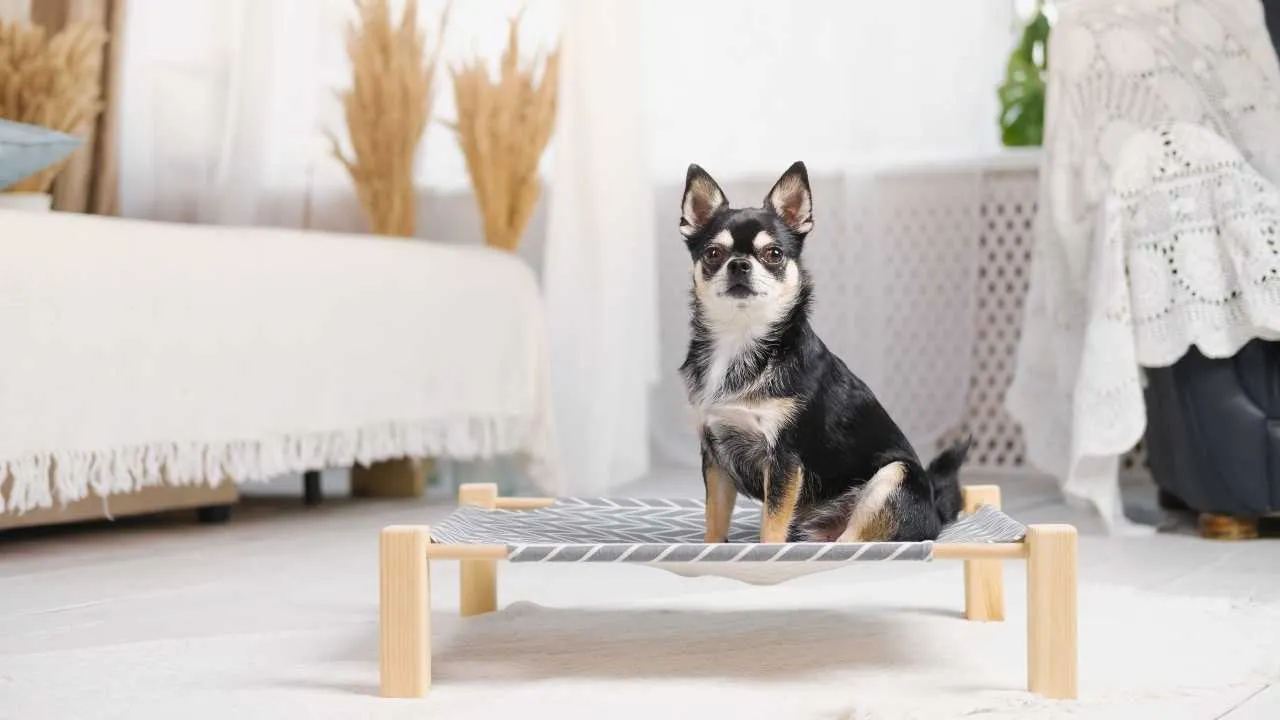
Chihuahuas are lively, feisty little dogs known for their huge personalities in tiny bodies. They often live 12 to 20 years with excellent care and are prone to dental issues, heart murmurs, and patellar luxation; regular vet checkups, clean teeth, and watching weight help boost their longevity.
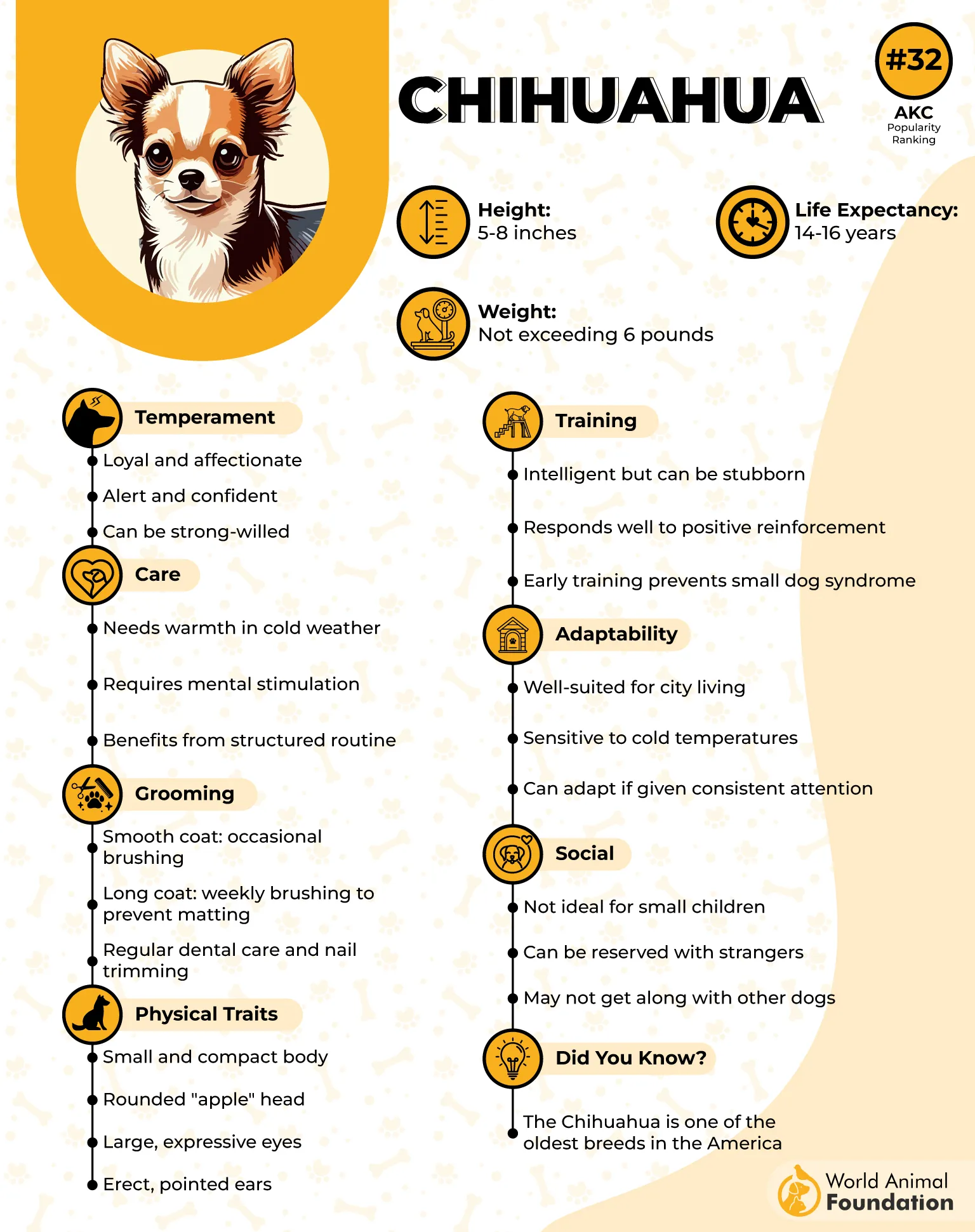
Small size means feeding nutrient-dense meals, keeping them warm in cool weather, and socializing early so their temperament stays confident and manageable.
Cost-wise, expect relatively low food bills but moderate costs for vet visits and grooming if long-haired; initial purchase from a reputable breeder (or adoption) plus health testing adds to upfront expenses. Their special quirks include a strong loyalty to one person, alertness (often barking), and sensitivity to cold.
Owner insights
Needs warm clothing in colder climates
Socialization prevents jealousy toward other animals
Compact size makes them perfect purse companions
2. Poodle
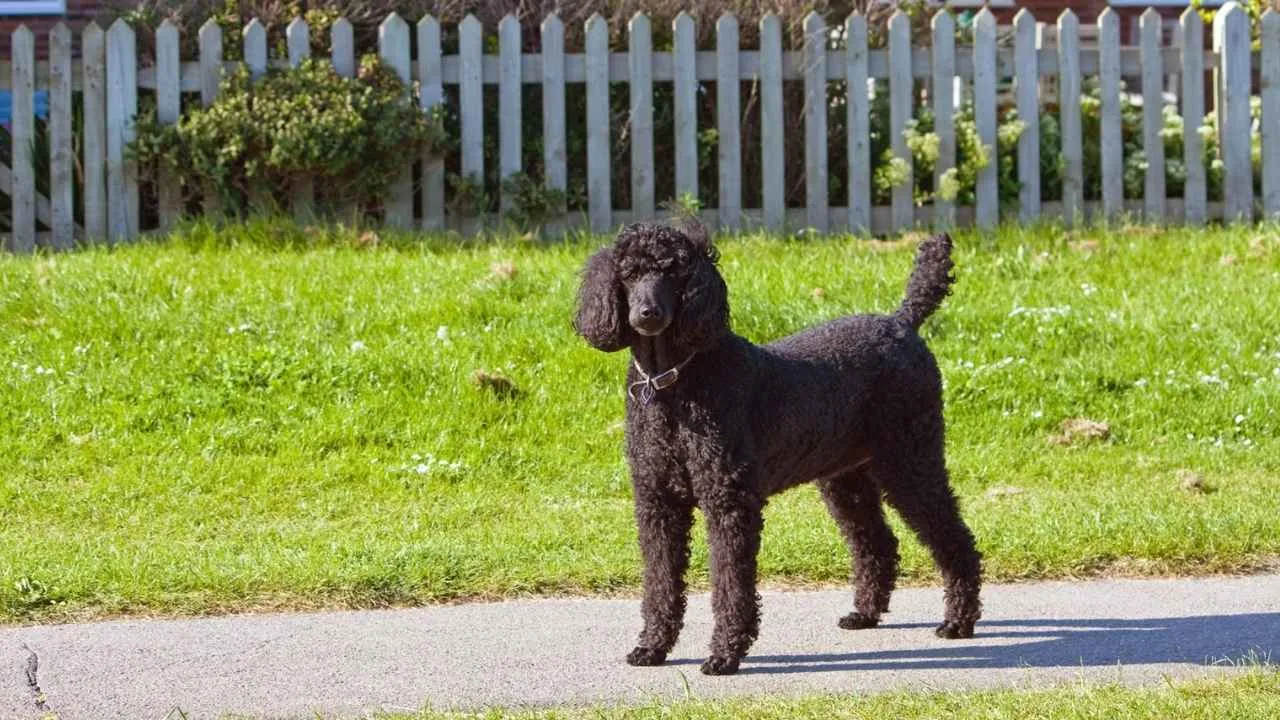
Toy and miniature Poodles are among the smartest of teacup-sized breeds, naturally eager to learn and very trainable. Their typical lifespan is 12 to 15 years, sometimes more, provided you maintain regular grooming, ear cleaning, eye care, and pleated coat upkeep to avoid mats and skin irritation.
AKC recommends that they need daily mental exercise—games, tricks, or puzzle toys—as much as moderate physical activity to stay healthy and balanced.
In terms of cost, grooming is the big line item—professional grooming every 4-8 weeks can add up, plus high-quality food, dental care, and vaccinations. The initial price for a toy or miniature Poodle from a good breeder often runs higher due to health screenings and lineage.
A trait that stands out: hypoallergenic curly coat, proud carriage, and a knack for adaptability, whether in apartments or homes.
Owner insights
Among the most intelligent dog breeds worldwide
Agility training sharpens their brain and focus
Curly coat is maintained by strict breed standards
3. Pomeranian
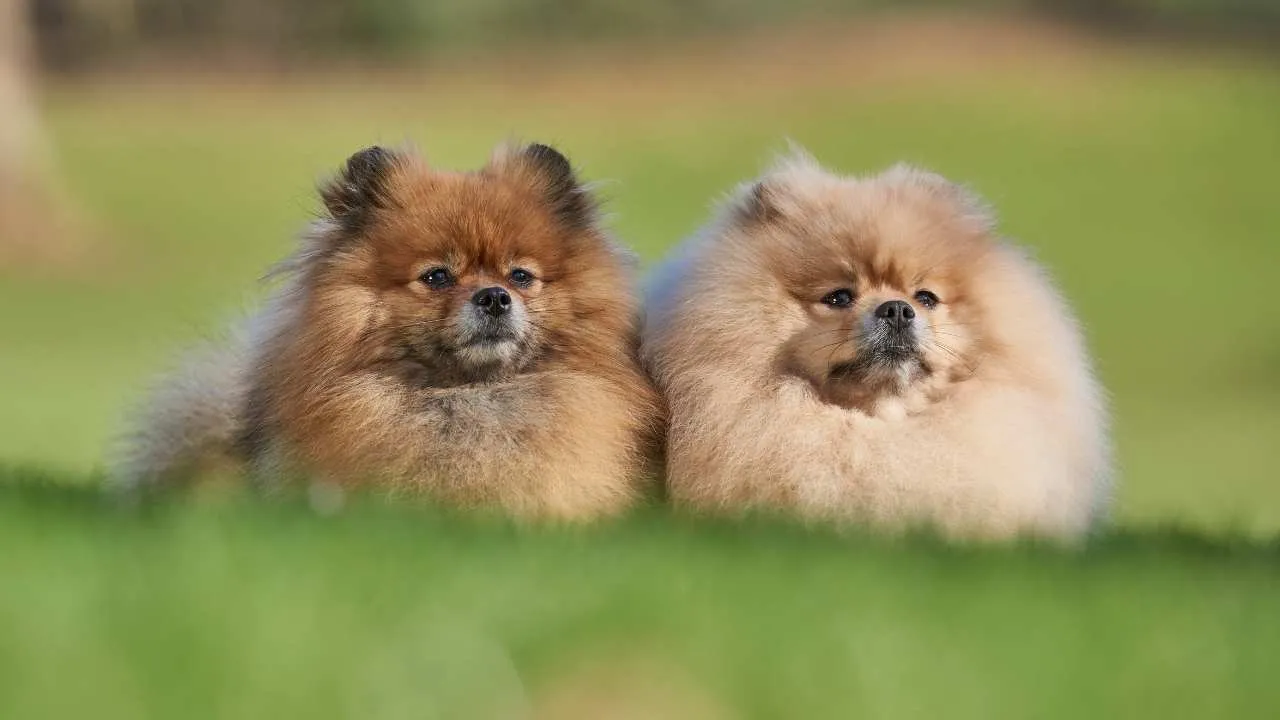
Pomeranians are fluffy, vivacious little dogs with a thick double coat, smart minds, and bold temperaments much larger than their 3-7 lb bodies. Their lifespan tends to be 12 to 16 years when owners keep up with grooming (to prevent matting), dental hygiene, and watch out for tracheal collapse and luxating patellas.
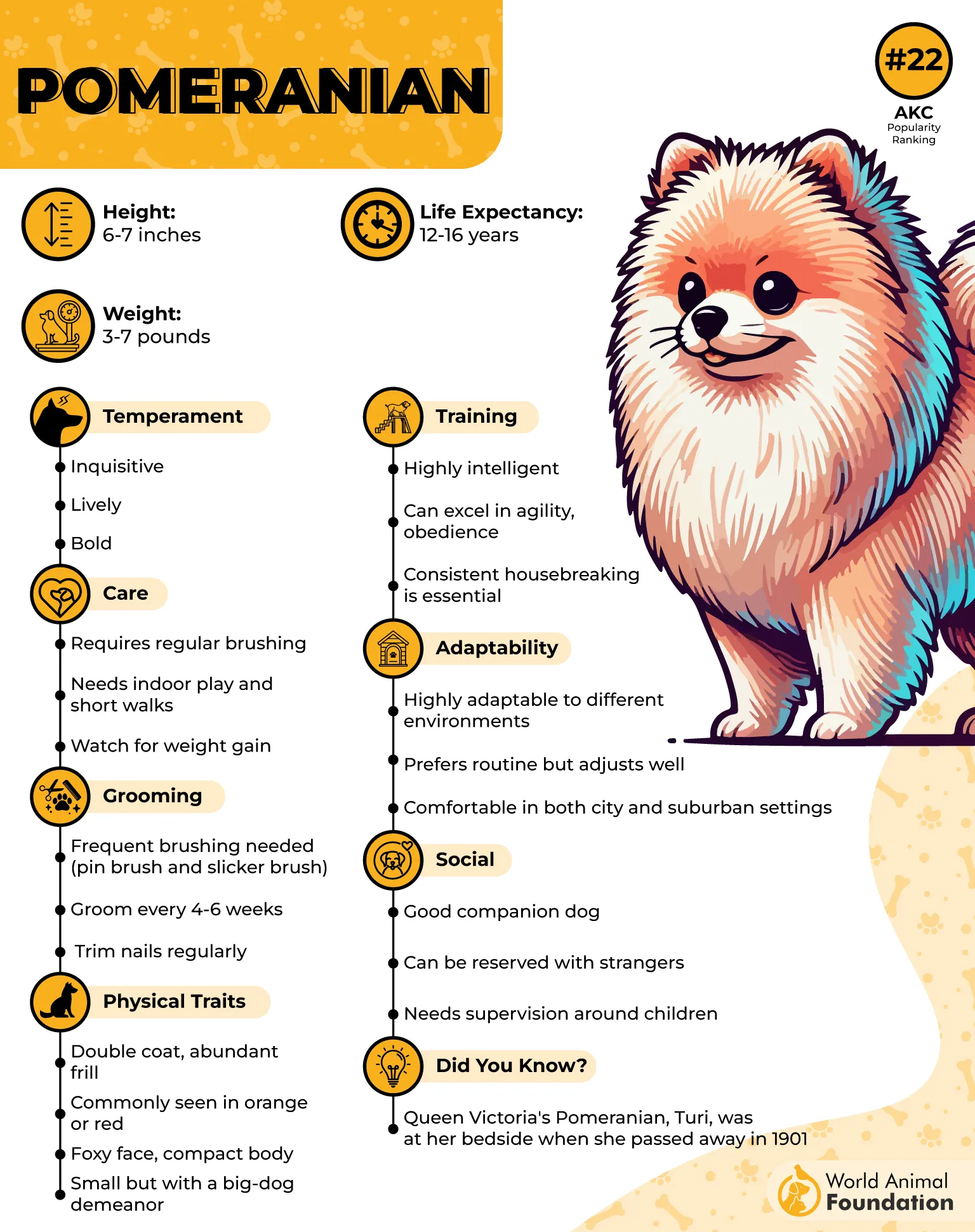
Because they shed, regular brushing (daily or every other day) plus expert attention to nails, ears, and coat trimming is needed.
Financially, Pomeranians have moderate ongoing costs: grooming (professional every 4-6 weeks or more, depending on coat), quality food, vet visits, and possibly training to handle “small dog syndrome” behaviour.
One special quirk: they are vocal and alert — great watchdogs in a pint-sized form — and often have a “fox-like” expression, which many find irresistible, notes Hills Pet.
Owner insights
Alertness may trigger sudden behavioral changes
Thick ruff adds a luxurious double coat look
The small frame is significantly smaller than that of other breeds
4. Maltese
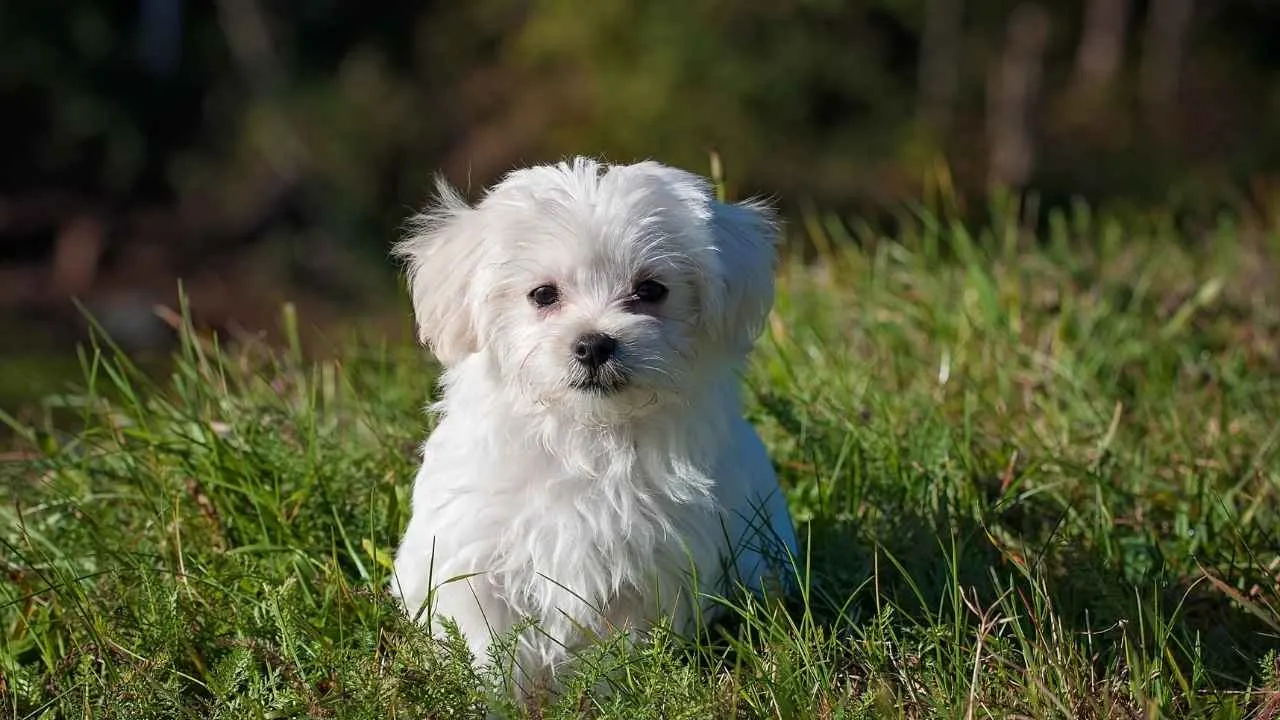
The Maltese is a graceful teacup breed with a long, silky white coat and a reputation for being affectionate lap dogs. With a lifespan of 12 to 15 years, they thrive on gentle exercise, balanced nutrition, and consistent grooming to keep their coats tangle-free.
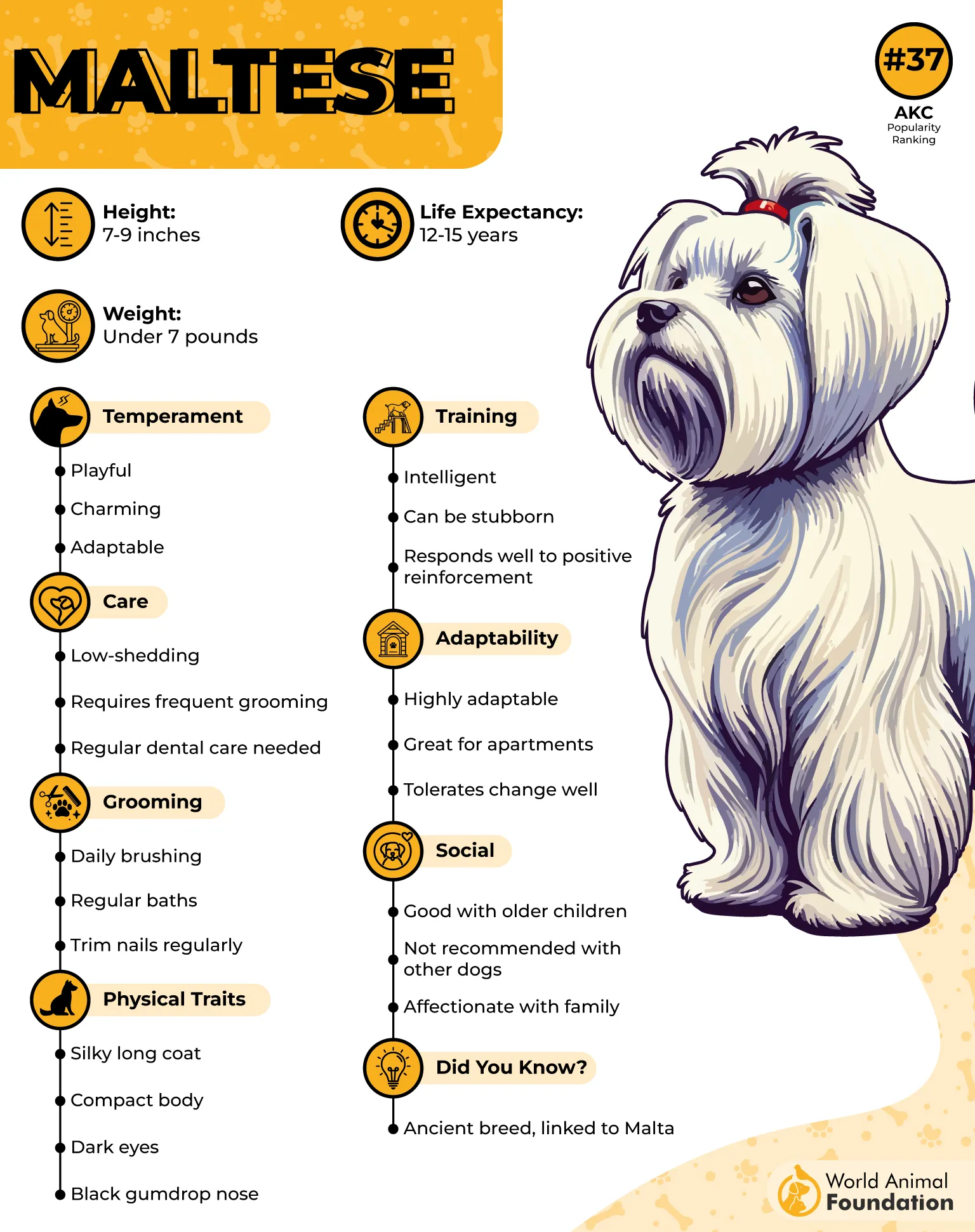
They are also prone to dental disease and luxating patella, so proactive veterinary care and daily tooth brushing are essential.
Expenses can add up for professional grooming every 4–6 weeks, though food costs remain light due to their small size. Maltese dogs are playful yet gentle, often excelling in therapy work because of their calm temperament.
A quirky trait: they love to be pampered and can become very attached, making them perfect “velcro dogs.”
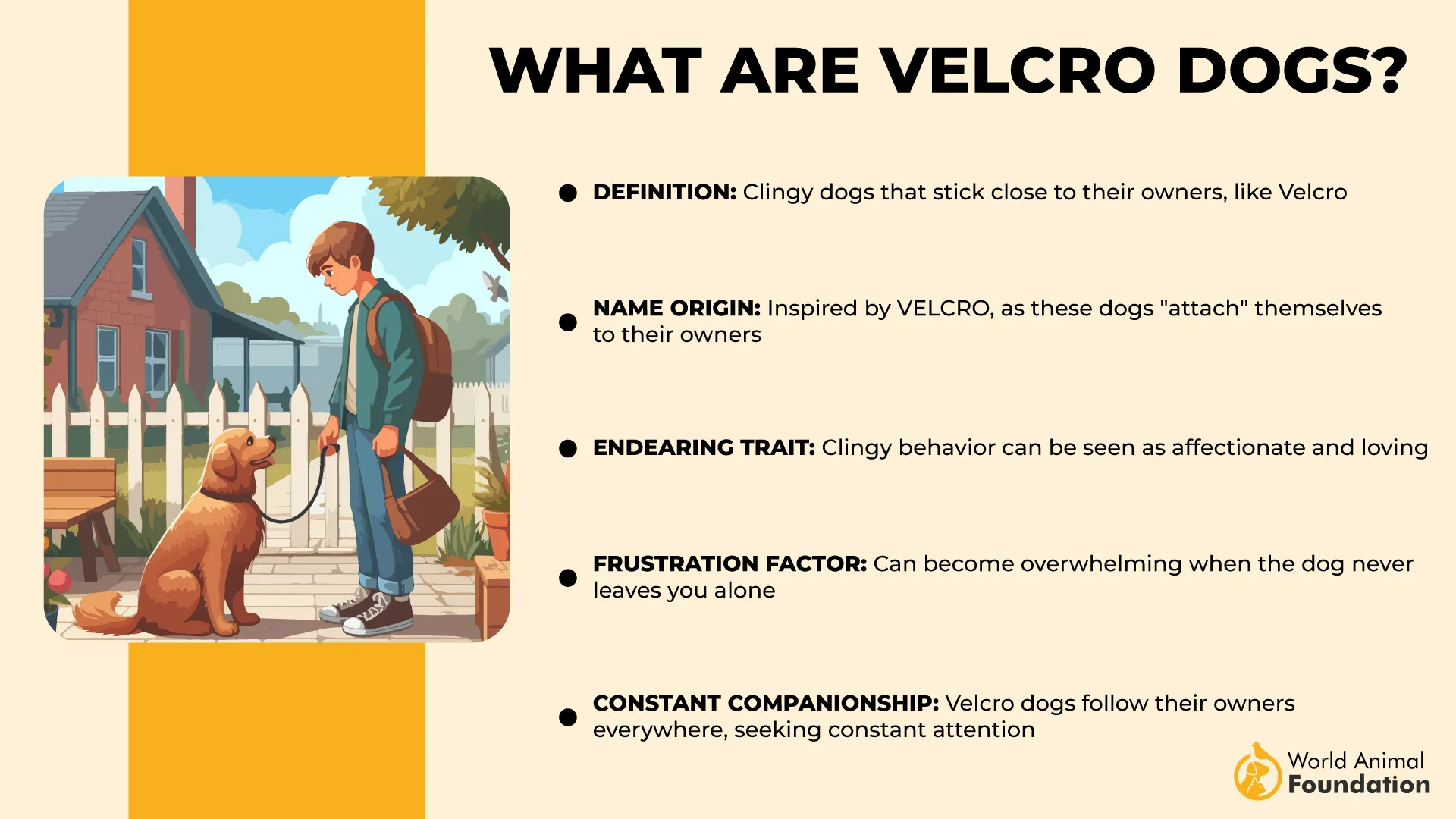
Owner insights
Natural watchdog despite short legs
Hair ties help manage high coat growth
Puppies are often born in a small litter
5. Yorkshire Terrier
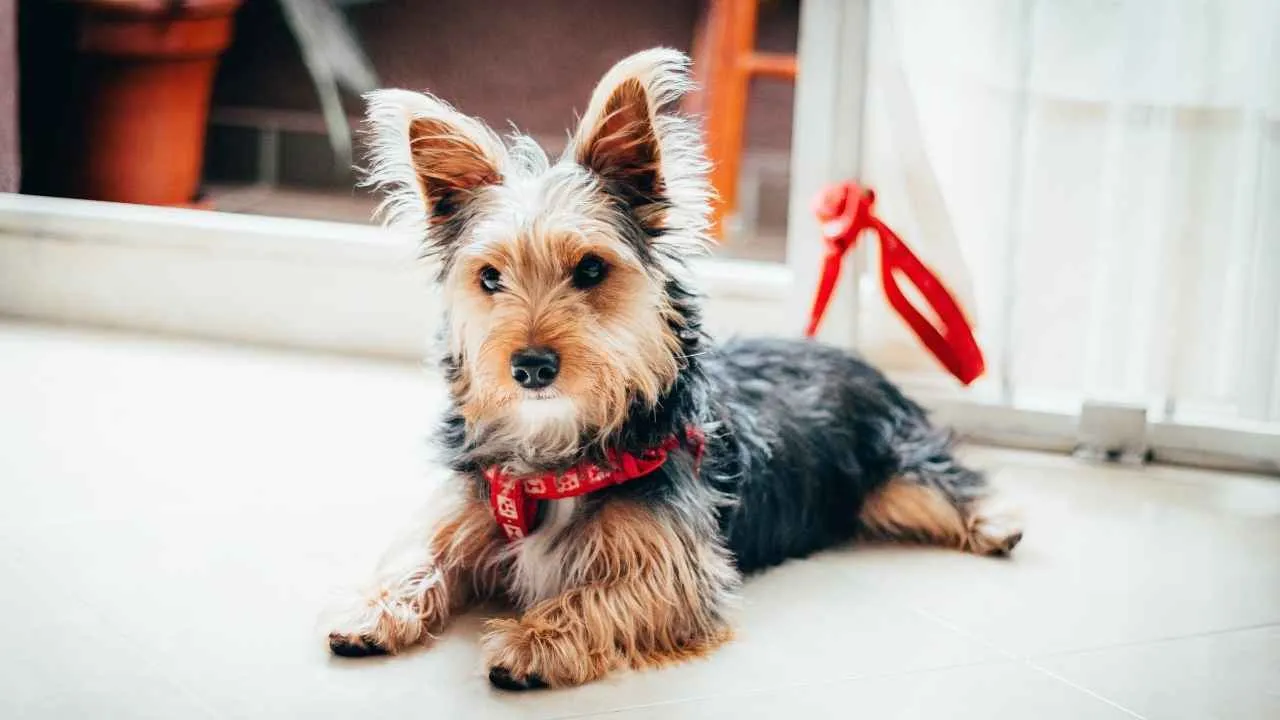
Yorkshire Terriers, or “Yorkies,” pack loads of confidence and energy into their small bodies. Typically living 13 to 16 years, they do best with structured training, regular exercise, and a nutrient-rich diet tailored for small breeds. Their glossy, human-like coat requires routine brushing and trimming to stay neat and healthy.
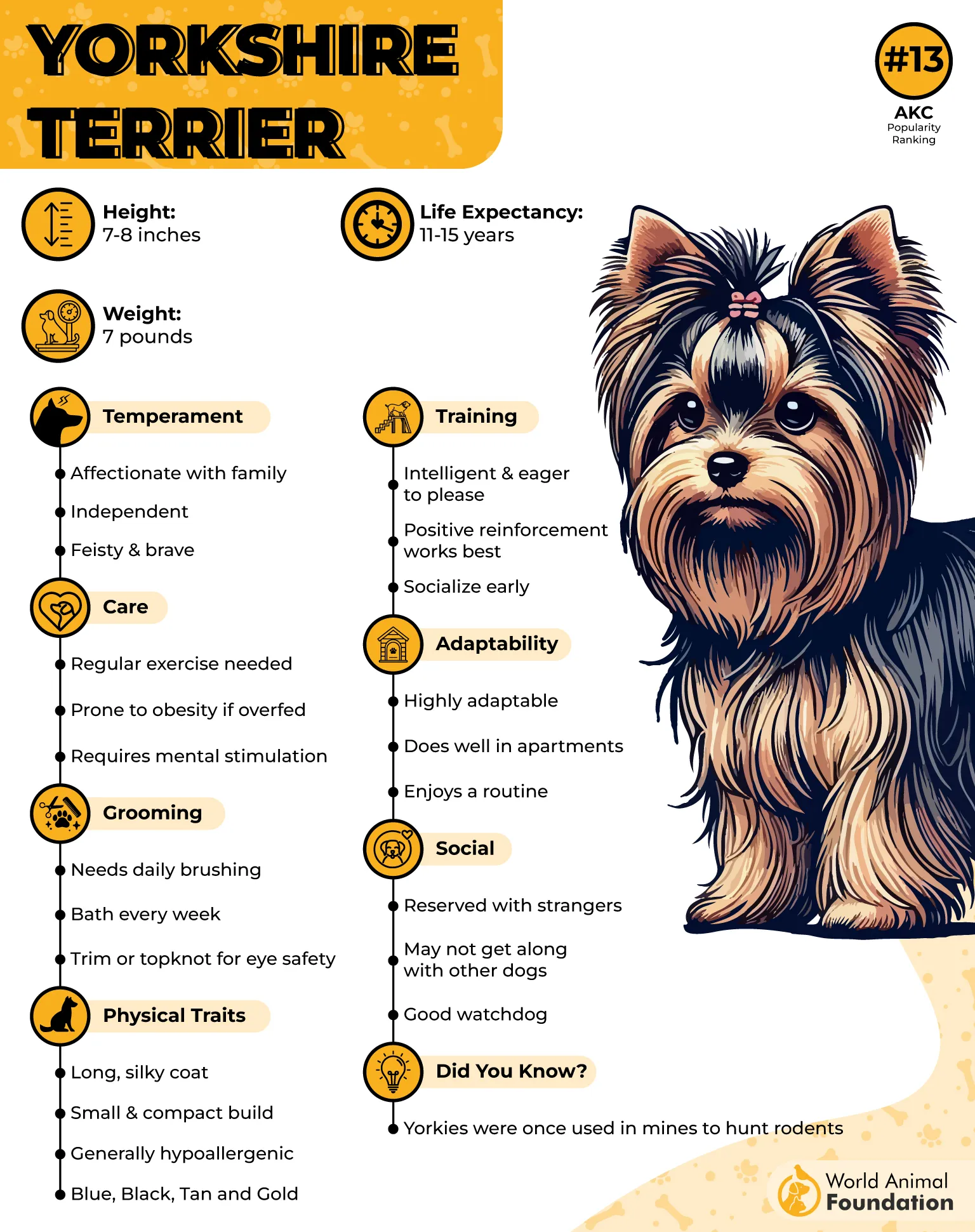
Owning a Yorkie involves moderate costs, especially for grooming, vet visits, and dental upkeep, but food bills are quite affordable.
Their quirks include being surprisingly bold watchdogs, often unaware of their small size, and showing off a spunky, adventurous spirit. Loyal, portable, and stylish, Yorkies are classic companions in teacup form.
Owner insights
Some carry a distinct blue and tan shade
Strong intelligence makes training engaging and fun
Thrive when kept close enough to cuddle
6. Shih Tzu
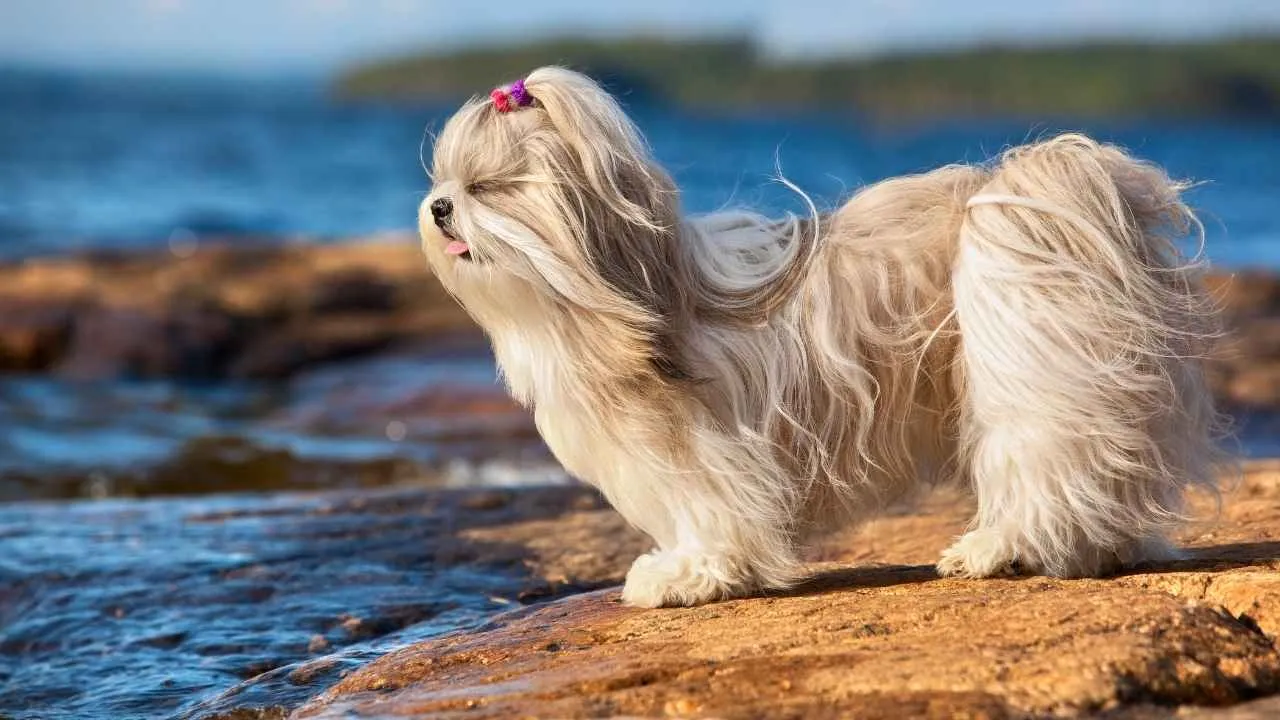
The Shih Tzu, known as the “lion dog,” is a charming teacup breed adored for its flowing coat and friendly, adaptable nature.
They usually live 10 to 16 years, benefiting from routine grooming, eye care (to avoid tear stains), and mindful weight management to protect their long backs and short muzzles. Their affectionate and gentle temperament makes them great family dogs, even in smaller homes.
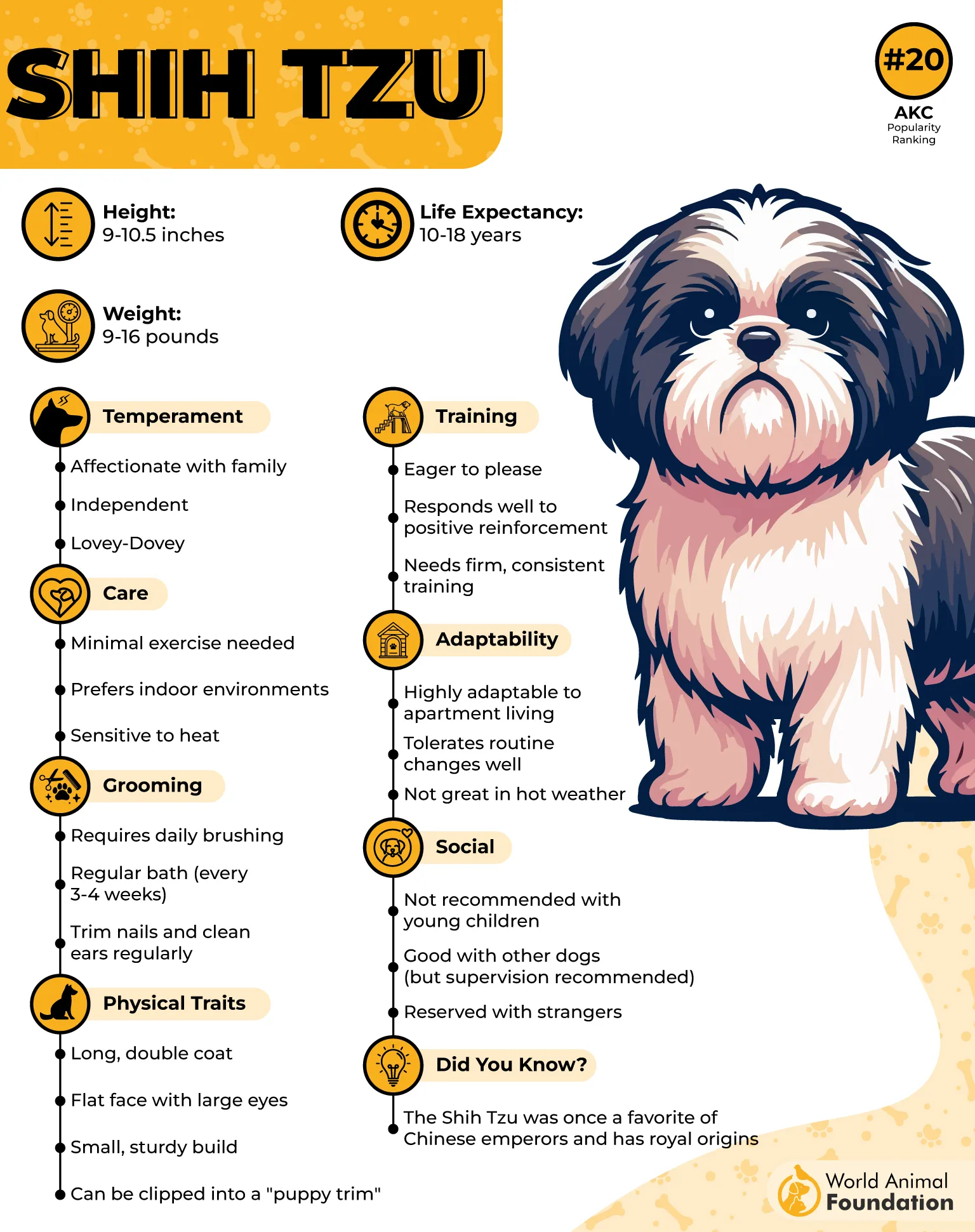
Shih Tzus come with higher grooming expenses since professional trims are often needed every 4–6 weeks, alongside the standard vet and diet costs.
A special quirk is their love for companionship — they’re happiest lounging by your side and can be less yappy than other teacup breeds. Their regal look and easygoing charm make them one of the most beloved tiny companions.
Owner insights
The coat can resemble other breeds when clipped
Grooming bills may cost extra money monthly
Without structure, prone to stubborn behavioral changes
7. Bichon Frise

The Bichon Frise is a cheerful teacup-sized companion with a cloud-like white coat and a happy-go-lucky attitude. With lifespans averaging 14 to 15 years, they thrive on consistent grooming, quality food, and daily exercise that keeps their minds and bodies active.
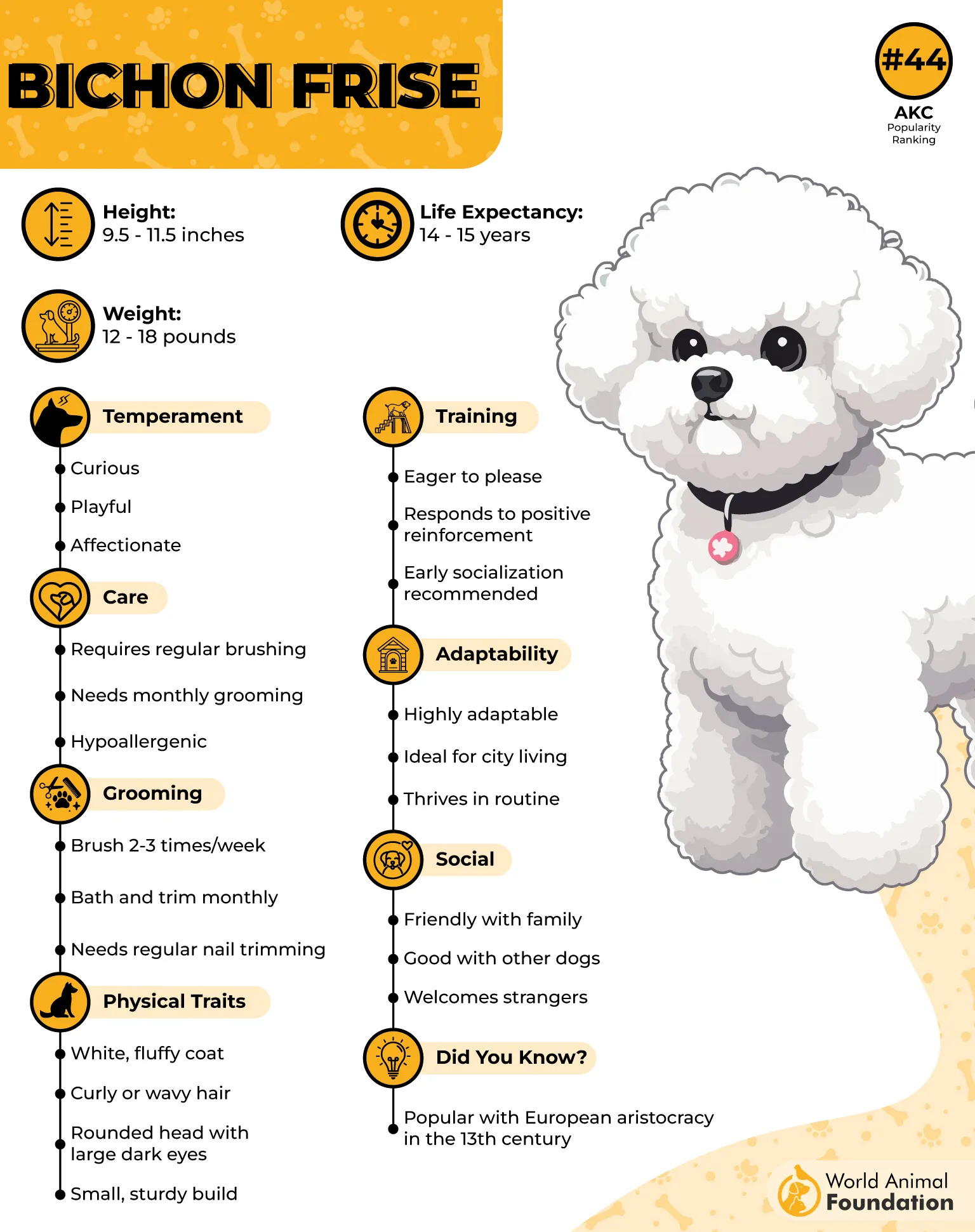
They’re also prone to allergies and dental issues, so regular vet care and preventive routines are key.
While food costs remain low, grooming is a recurring expense, as their curly coats require trimming every 4–6 weeks. A fun quirk of the Bichon: their playful antics and “smiling face” often brighten households, making them popular therapy and family dogs.
Owner insights
Coat falls between medium coat and curls
Being sensitive to harsh shampoos can cause weakness
Playful nature balances well with other pets
8. Papillon
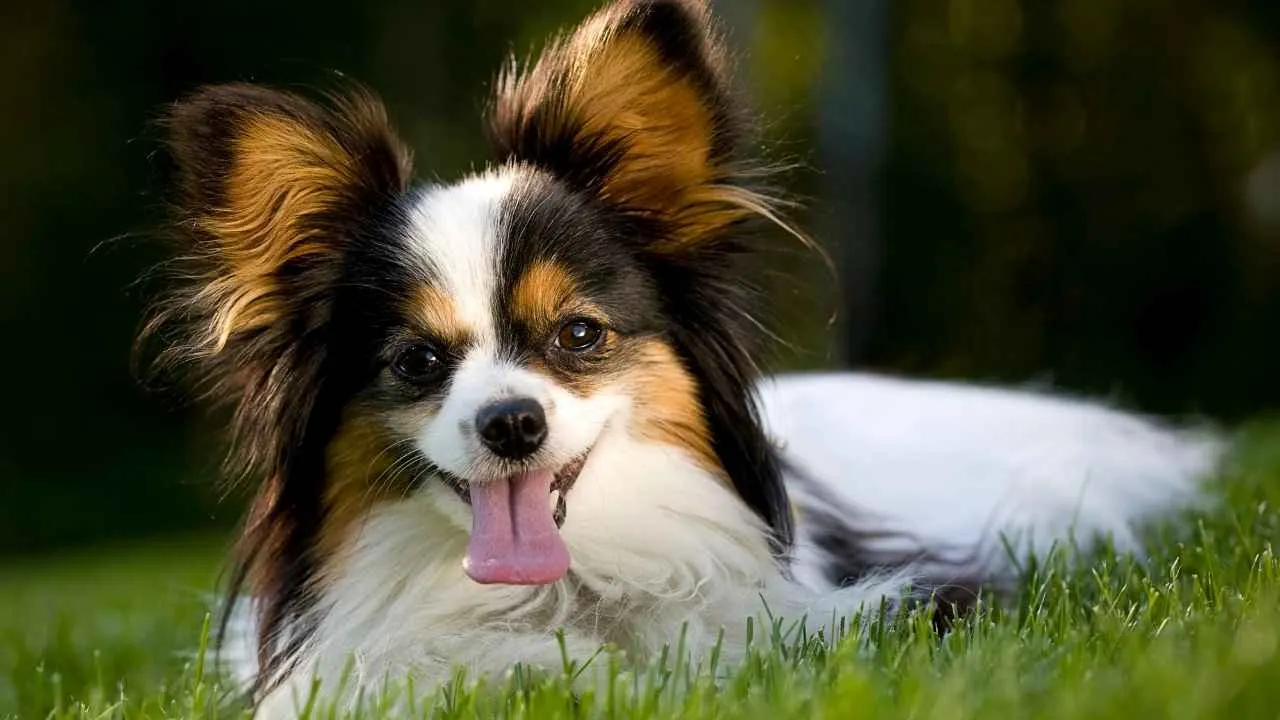
Papillons are dainty yet spirited dogs, instantly recognizable by their butterfly-like ears. They can live 12 to 16 years, supported by regular activity, high-quality nutrition, and early training to channel their energy into positive behaviors. They’re intelligent, agile, and often excel in dog sports despite their small size.

Owning a Papillon comes with moderate costs, primarily for grooming, vet visits, and training classes to stimulate their bright minds. Their special quirk? Papillons love to learn tricks and can easily outsmart their owners if not kept engaged.
Owner insights
Stamina greater than that of many toy dogs’ exercise range
Can form strong bonds with other animals
Elegant ears make them look like a crossbreed
9. Pekingese

The Pekingese, once cherished by Chinese emperors, brings regal charm in a compact form. With an average lifespan of 12 to 14 years, they need consistent coat maintenance, mindful weight management, and special care for their brachycephalic (short-nosed) breathing.
Gentle exercise is perfect for keeping them fit without straining their small frames, as suggested by PetMD.
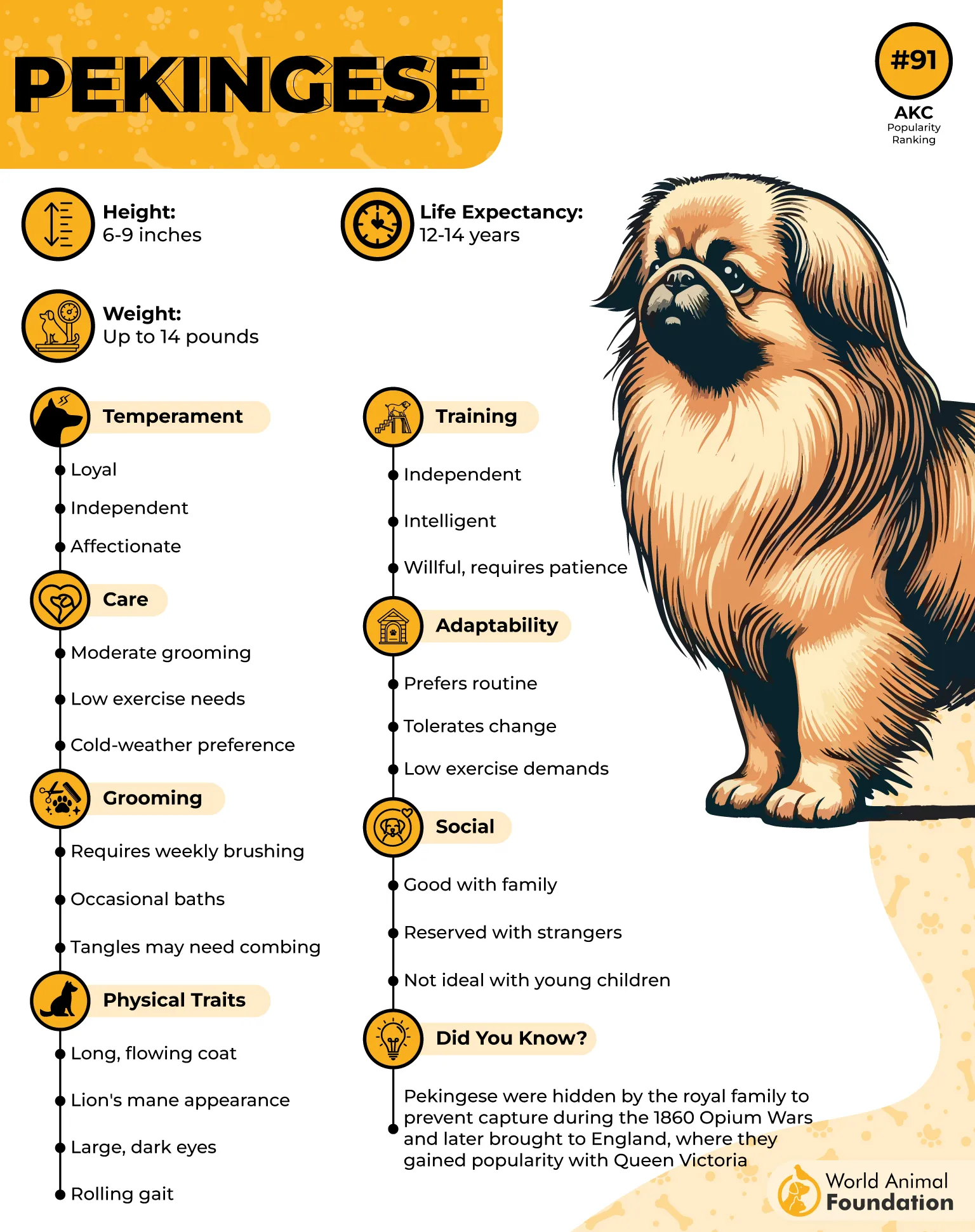
Financially, expect steady grooming and health care expenses, especially for eye and respiratory issues. A quirky trait of the Pekingese is their bold yet dignified nature — they love being adored and won’t hesitate to act like royalty in their homes.
Owner insights
Heavier build than others
Originally bred to ride on sleds in palace halls
A unique body shape may invite health complications
10. Brussels Griffon

The Brussels Griffon is a quirky little breed with a human-like expression and big personality. They live around 12 to 15 years with attentive care, needing regular grooming for their wiry or smooth coats, plus consistent training to balance their sensitive temperaments. Socialization from puppyhood helps prevent shyness or stubborn streaks.
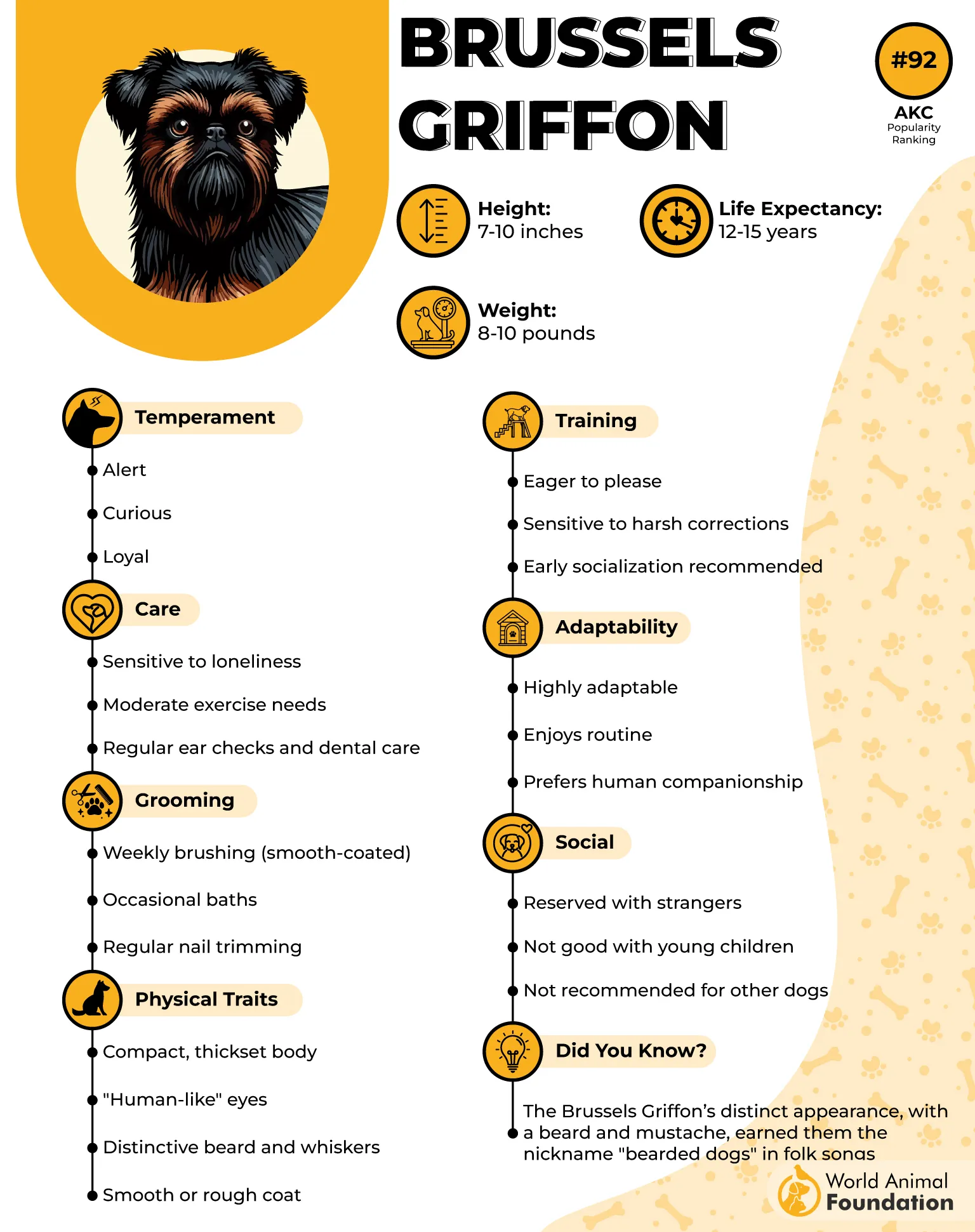
Their costs center on grooming, high-quality food, and preventive vet care, but their small size keeps overall expenses manageable. A standout quirk: Brussels Griffons are incredibly expressive, often making comical faces that keep their families entertained.
Owner insights
A sensitive personality leads to behavioral changes quickly
Can inherit traits through occasional breed cross
Loyal nature makes them easy to cuddle with
FAQs
1. Are teacup dog breeds healthy and safe to own?
Teacup dogs can be affectionate dogs, but their small size makes them prone to health problems like low blood sugar, liver shunts, or breathing issues. Choosing ethical breeding practices instead of unethical breeders helps reduce poor health risks. With proper care, their life span can still be fulfilling for pet parents.
2. Can teacup dogs live comfortably in apartments?
Yes, most toy dogs and teacup varieties adapt well to small spaces since they need less room than bigger dogs. They were originally bred for companionship, making them great for city living. Just ensure daily interaction and compatibility with other pets.
3. How much daily care do teacup dogs need?
Tiny puppies require regular grooming, proper nutrition, and mental stimulation to support their well-being. Some have silky hair or a dense coat that needs brushing, while others may be a bit stubborn and need obedience training. Staying aware of common health problems makes care easier for pet parents.
Conclusion
Teacup puppies such as the teacup Chihuahua, teacup Maltese, and teacup Shih Tzu may be tiny dogs, but they bring big love and lively personalities. These toy breeds look like living stuffed animals, yet they need proper training, social care, and regular vet visits to stay healthy.
The teacup version of favorites like teacup Yorkies, teacup Poodles, or teacup Bichon Frise can face health issues such as fragile bones, hypoglycemia, or breathing problems. That’s why the American Kennel Club and responsible breeders stress animal welfare over unethical breeding practices.
With their silky coats, affectionate charm, and small stature, these intelligent dog breeds are a great choice for tiny dog lovers. Ready to welcome a loyal companion? Explore ethical options and find the perfect teacup pup for your home today!


